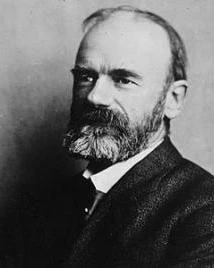Last updated: July 13, 2023
Person
Warren H. Manning

Notable Projects while at the Olmsted Firm:
Biltmore Estate, Asheville, North Carolina
World's Columbian Exposition, Chicago, Illinois
Pinehurst, North Carolina
Louisville Park System, Louisville, Kentucky
Lawrenceville School, Lawrenceville, New Jersey
Bryn Mawr College, Bryn Mawr, Pennsylvania
Warren Manning’s lifelong ambition was nothing short of “making America a finer place in which to live.” After growing up and working in his father’s nursery in Reading, Massachusetts, he went to work for Frederick Law Olmsted, Sr. as a horticultural specialist, leading the planting department. His plant expertise was vital in the planning for the World’s Columbian Exposition, for Biltmore Estate, and for the early park work in Louisville, Kentucky.
Additionally, he gave horticultural advice for Rockefeller projects in Westchester, New York and for many estates in Newport, Rhode Island. Manning formed his own Boston-based practice in 1896 and worked on projects as wide-ranging as planning mining towns in Michigan's Upper Peninsula to designing private estates, such as Gwinn, William G. Mather’s opulent Cleveland home. While at the Olmsted firm, Manning had been strongly influenced by Charles Eliot's resource-based planning, and he later expanded the interpretation of these planning concepts to a national scale in a 900 page opus which he never published, but which presaged future planning analyses. In 1899 Manning was instrumental in establishing the American Society for Landscape Architecture and the American Civic Association and he remained at the forefront of landscape architecture for the next forty years.
